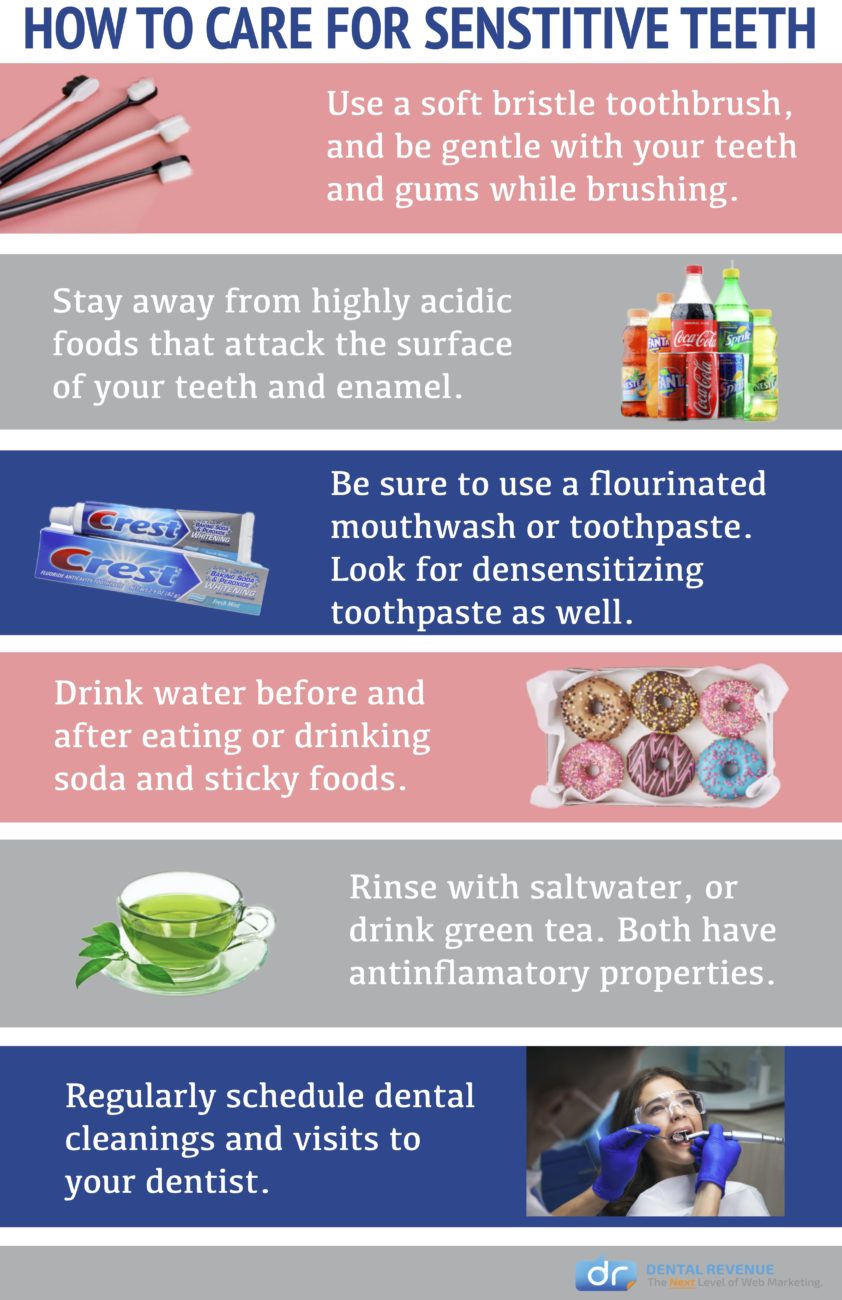Tooth decay is an unfortunate dental problem that a majority of us will most likely face at some point in our adult life. They are commonly caused by plaque and tartar buildup. If you do suffer from a toot cavity, preserving the natural tooth will be the main goal. A dental filling is necessary to restore strength, health and prevent further damage to the tooth Dr. Amy Marckese is a local dentist that offers dental fillings in Indianapolis, IN for patients that have tooth decay.
What is a Dental Filling?
Dental fillings are used as part of a conservative treatment plan aimed at preserving the natural tooth. A tooth filling is used when a tooth is weakened because of cracks, chips, breaks, cavities or other reasons. The filling is intended to not just restore strength, but to protect the tooth from future damage or decay.
Patients no longer have to worry about unsightly, uncomfortable metal dental fillings. Today’s dental fillings are highly esthetic and virtually indistinguishable from natural teeth. At the same time, these “white” dental fillings offer excellent long-term protection for teeth that are weak or damaged.
Dr. Markese uses tooth-colored dental fillings to achieve the most natural-looking and comfortable results for her patients. Depending on your condition, Dr. Marckese may recommend a composite resin or porcelain dental filling. Dental fillings are just one of the general dentistry services Dr. Marckese provides to the public in Indianapolis, IN.
Our Patients Say It Best
I had a few fillings put in and generally I have a lot of anxiety at the dentist. At DentalSpa, everything from the paraffin hand dip and massage to the yummy smoothie at the end of my appointment made me feel better about being there. I had a great experience and would recommend them to anyone!
–Kate R., Indianapolis, IN
Dental Fillings in Indianapolis, IN
Dr. Markese will recommend a material for your dental filling based on the finding from your exam. She primarily uses resin dental fillings and porcelain dental fillings.
Resin Dental Fillings
Resin dental fillings are commonly referred to as “white” fillings and can be matched and shaped to blend seamlessly with your smile. They are also nearly indistinguishable from the natural tooth. These types of fillings are made from a biocompatible composite resin which is applied directly to the tooth. They are mercury-free, highly durable, and decay and stain resistant.
Dr. Marckese typically uses resin dental fillings to repair teeth with minor decay or damage. Resin dental fillings are long lasting, but not permanent. They are used as part of a conservative treatment plan to protect the tooth from future damage.
Porcelain Dental Fillings
Porcelain dental fillings are known as either dental inlays or dental onlays. These are recommended to repair teeth when more significant damage or decay is present. The porcelain dental fillings add additional strength to the tooth and are extremely long lasting.
Dr. Marckese will take an impression of the tooth and create a model for the laboratory where the porcelain inlay/onlay will be fabricated. Porcelain fillings can be extremely long lasting when properly cared for.
Replacing Metal Dental Fillings
Do you have old amalgam (metal) dental fillings that are impacting the appearance of your smile or breaking down and coming out? Do you believe you have an allergy or sensitivity to mercury or any of the other metals in dental amalgam such as silver, tin, or copper? You can choose to have them replaced by Dr. Marckese.
Modern advances in cosmetic dentistry mean that you no longer need to suffer from unsightly and uncomfortable silver/mercury fillings. Whether your motives are cosmetic or out of health or comfort concerns, metal dental fillings can easily be removed and replaced with more esthetic tooth colored ones for a more comfortable and natural looking restoration.
For teeth that have large metal fillings, a dental crown may yield the best results. The dental crown will add stability to the tooth and conceal any discoloration that may have been caused as a result of the metal filling.
Dental Fillings FAQs
Each year, dentists around the country use dental fillings to treat cavities. If you think you have a cavity or need a filling, contact us to schedule an appointment. Our frequently asked questions section about dental fillings will help you learn more about the procedure and what to expect.
How do I know if I need a filling?
Dental cavities are best solved with a dental filling. If you have tooth pain that won’t go away, but no bleeding, you might have a cavity that needs a filling. Although, some cavities do not cause pain, so you might not even know. Visiting your dentist is the best way to know if you need a filling.
Are composite fillings better than amalgam fillings?
Yes, for cosmetic reasons they are the best option. The main difference is that amalgam fillings visually stand out since they are silver, but composite fillings natch the color of your natural teeth.
What do I do if I have a broken or missing dental filling?
If you have lost or have a broken dental filling, it is important to not try to reattach the filling. Do not use the affected tooth as this can cause pain and damage. Dr. Marckese makes it a priority to treat dental emergencies as quickly as possible. Please contact our Indianapolis dentist office as soon as you can to schedule emergency treatment.
How long does it take for tooth fillings to settle?
Fillings generally take 24 hours to fully settle. Until your filling fully cures, patients should wait to chew in the area of the filling. You should also wait until your mouth is not numb anymore before eating anything.
How many times can a dentist replace a tooth filling?
A dentist can replace a filling an infinite amount of times; at least until the hole for the filling gets too large. You need solid tooth structure around the filling for it to be successful. So we do not recommend constantly replacing a filling.
How many fillings can you get at once?
The average number of fillings a dentist will perform in a single appointment is four. As a general rule, we do not recommend having more than four fillings in a single tooth at any given time.

